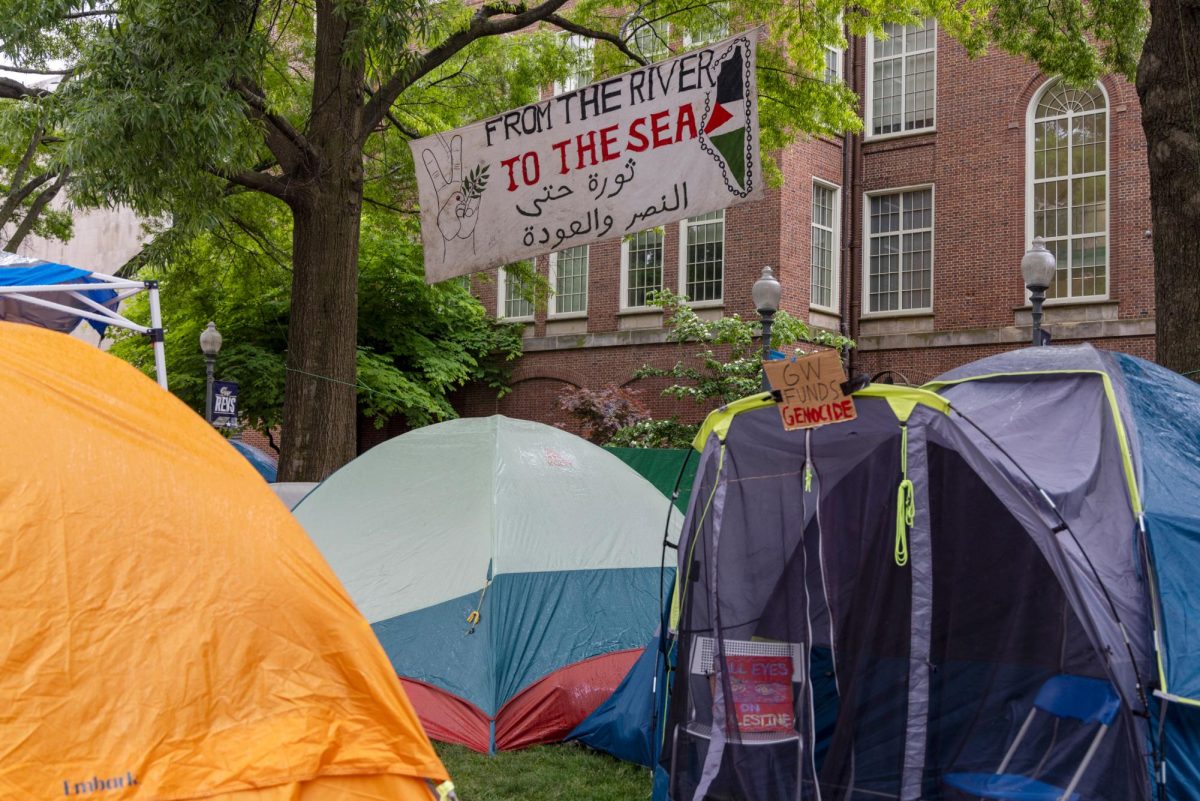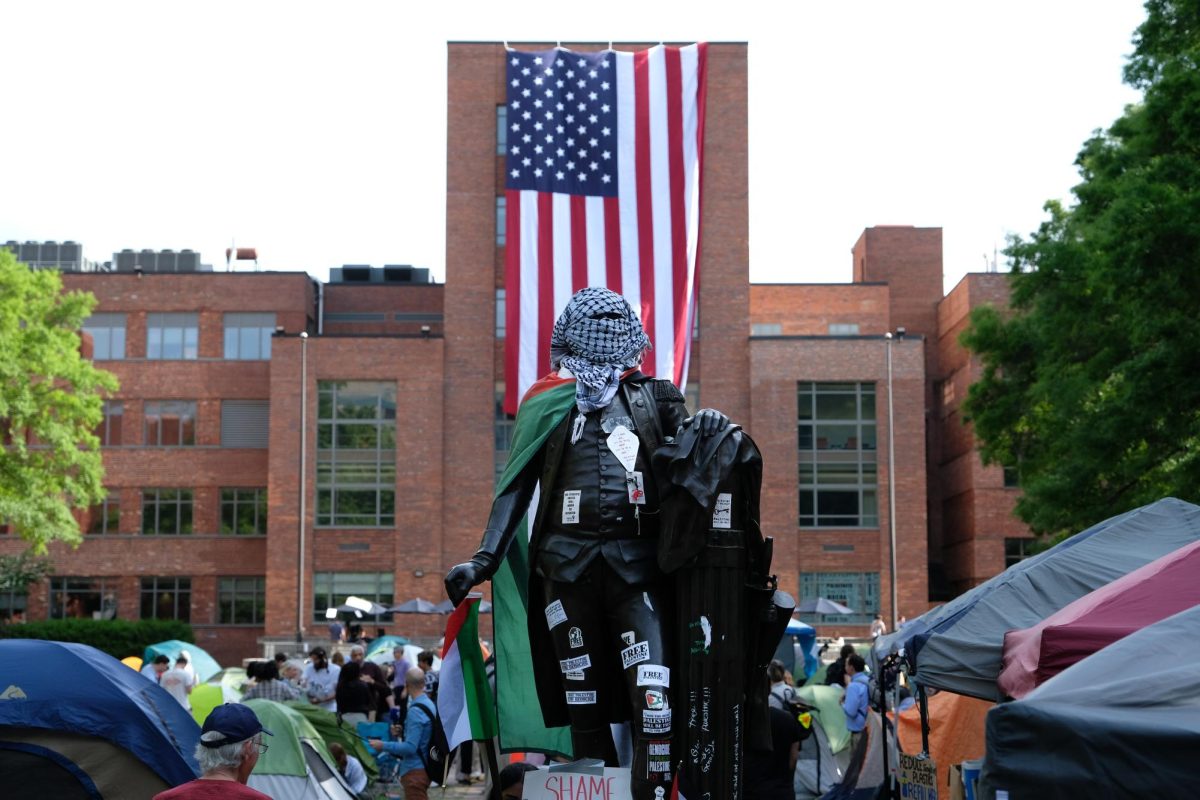Plans to break ground for a new GW hospital facility may be halted if the Department of Public Works refuses to grant the hospital a zoning permit.
Foggy Bottom Association President Ellie Becker said Gary Burth, the DPW’s chief engineer, warned hospital directors that problems with their original hospital plan should be rectified in the final plan due Feb. 8.

DPW officials called parts of the hospital plan “unacceptable” at a Jan. 5 meeting of the city’s Board of Zoning Adjustment.
“After hearing testimony and looking over the plan . Burth said if they didn’t make these changes they’d have a very difficult time getting a permit,” Becker said.
Becker said a decision on whether to give the project a permit will be made at the next hearing March 3. Construction cannot begin without zoning board approval, and the DPW must issue a permit.
Main problems cited by both the DPW and FBA center around traffic and parking problems the new hospital building might pose.
The proposed plan would place the main entrance and exit of the hospital on 23rd Street as an attempt to limit the traffic on New Hampshire Avenue. Becker, however, said residents are concerned that would pose a safety hazard to pedestrians in the area.
“This sets up an intolerable situation for the thousands of pedestrians using the sidewalk on the west side of 23rd between the Metro station and Washington Circle,” Becker said in a letter to the BZA.
On the suggestion of the DPW, GW is considering widening the sidewalk on 23rd Street to alleviate the problem, Becker said.
Hospital administrators declined to comment and released a brief statement.
“The BZA has set Feb. 8 as the date for final reports to be submitted, including those from the Department of Public Works and GW Hospital,” hospital Media Relations Coordinator Amy Pianalto said in the statement. “It is our understanding that the report submitted by the Department of Public Works . will be modified when re-submitted.”
The DPW and FBA have expressed concern about other potential problems they see in the hospital plan, including the proposed entrance for emergency vehicles, the parking shortage and overall disruption of the residential community. The hospital, however, has not publicly discussed how it intends to rectify the problems.
“Traffic related to institutional land use, including large trucks and emergency vehicles, will be mixed with residential-type vehicles and large numbers of pedestrians,” Ken Laden, the DPW’s administrator for transportation planning, told the BZA.
“In our mind, this mix presents serious problems. The proposed hospital site has the emergency entrance in a location that will create direct conflicts of emergency vehicles with major pedestrian flows and other vehicular traffic. The emergency entrance location is potentially very dangerous and is therefore unacceptable to the department,” Laden said.
Residents said the problem that most urgently needs a solution centers around the proposed loading dock on 24th Street.
“Perhaps the worst aspect of the facility is the location of the loading dock, which alone would blight the neighborhood and turn 24th Street and New Hampshire Avenue from local roads into truck routes,” Charles M. Farbstein, vice president of the board of directors at the Claridge House apartment building, testified before the BZA.
DPW members said they agree the location of the loading dock, along with other parts of the new hospital facility, would create a substantial disturbance in the community.
“It is our opinion that the proposed hospital site will have a substantial negative impact on traffic on surrounding streets, as well as have a negative impact on the historic Foggy Bottom residential neighborhood,” the DPW said in its testimony before the BZA.
Dorothy Miller, outgoing chair of the Advisory Neighborhood Commission, said the ANC opposes the hospital plan.
“The (ANC) particularly objects to the intrusive impact of the proposed massive development on the residential neighborhood and the dangers to both pedestrians and vehicular traffic,” Miller said. “The ANC considers the present site of the hospital to be more suitable for the operations of a hospital and considerably less intrusive on the neighborhood in terms of traffic and noise.”







